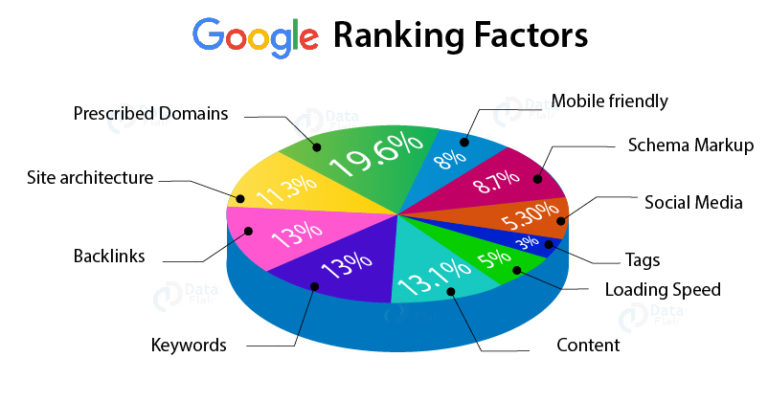What is Bounce rate?
Bounce rate is defined because the percentage of website visitors who click the rear button or leave your site without visiting any pages aside from the one they first came to.
If an individual “bounces” from your site, that doesn’t mean they didn’t read any of your content or check out what was on your page. this is often one among the most important misconceptions about bounce rates.
All it means is that the visitor only checked out this one page on your site, and didn’t attend any others. It’s called a “bounce” only because they probably went back (“bounced”) to the search results, either to ascertain other options or to more narrowly target their query.
If a visitor involves your site through a Google search and visits a minimum of another page before clicking the rear button in their browser, they’re going to be counted in an exit figure metric rather than the bounce rate (which you’ll study shortly).
Does Bounce rate affect SEO?
Yes and no.
Google does not use your bounce rate in Google Analytics as a ranking factor. The search engine, however, does monitor whether users pogo-stick. Pogo-sticking is when someone visits your website from the search results and then immediately returns to the search results.
This action (typically) tells Google that users didn’t find what they needed on your page. Instead, the individual returned to the search results to find a more relevant piece of content. That return can lead to lower rankings.
However, if users visit your website from the search results and then don’t return, that sends a positive signal to Google. So, in some cases, a user will bounce from your website, not because your site isn’t relevant, but because they found what they needed.
What Is a Good Bounce Rate?
To define what an honest bounce rate is for your site. you would like to know the difference between a high bounce rate and a coffee bounce rate.
So, what is a good bounce rate? A bounce rate of 56% to 70% is on the high side, although there could be a good reason for this, and 41% to 55% would be considered an average bounce rate. An optimal would be in the 26% to 40% range.

What’s an acceptable bounce rate?
As a rule of thumb, a bounce rate in the range of 26 to 40 percent is excellent. 41 to 55 percent is roughly average. 56 to 70 percent is higher than average, but may not be cause for alarm depending on the website. Anything over 70 percent is disappointing for everything outside of blogs, news, events, etc.

Is Bounce Rate and SEO ranking factor?
Bounce Rate could even be used as a Google Ranking factor. In fact, one industry study found that recoil was closely correlated to first page Google rankings. A high Rate allows you to know that your site (or specific pages on your site) has issues with content, user experience, page layout or copywriting.
10 Easy Ways to Reduce Your Bounce Rate
Optimize Page Load Time
Make Your Content More Accessible with Smart Formatting
Use Sidebar Widgets and Promotions Sparingly
Cross-Reference with Time on Site
Ruthlessly Optimize for Relevance
Use a Logical – and USEFUL – Internal Linking Structure
Rework Your Product Pages
Make Your Site Easy to Search
Optimize for Mobile
Make Your Site’s Navigation Effortless
Conclusion:
The key takeaway is this: while doesn’t directly affect your page ranking, it resile remains something you ought to understand and be ready to improve upon.
High bounce rates (when calculated correctly) are often symptoms of deeper problems like user experience issues or poor targeting. These are the items you ought to worry about. If you’re employed on the deeper problems like usability and customer targeting, SEO problems tend to enhance also.
